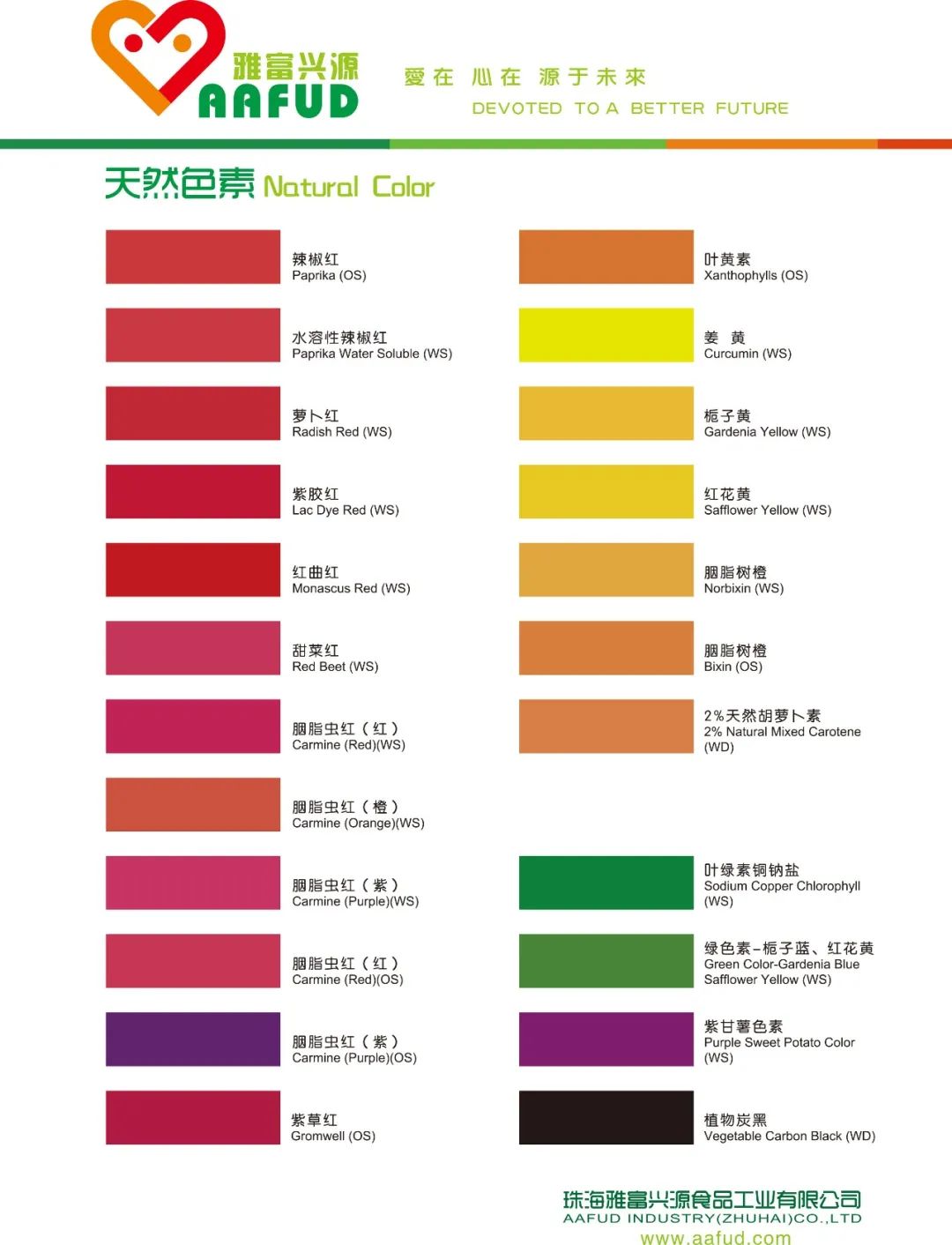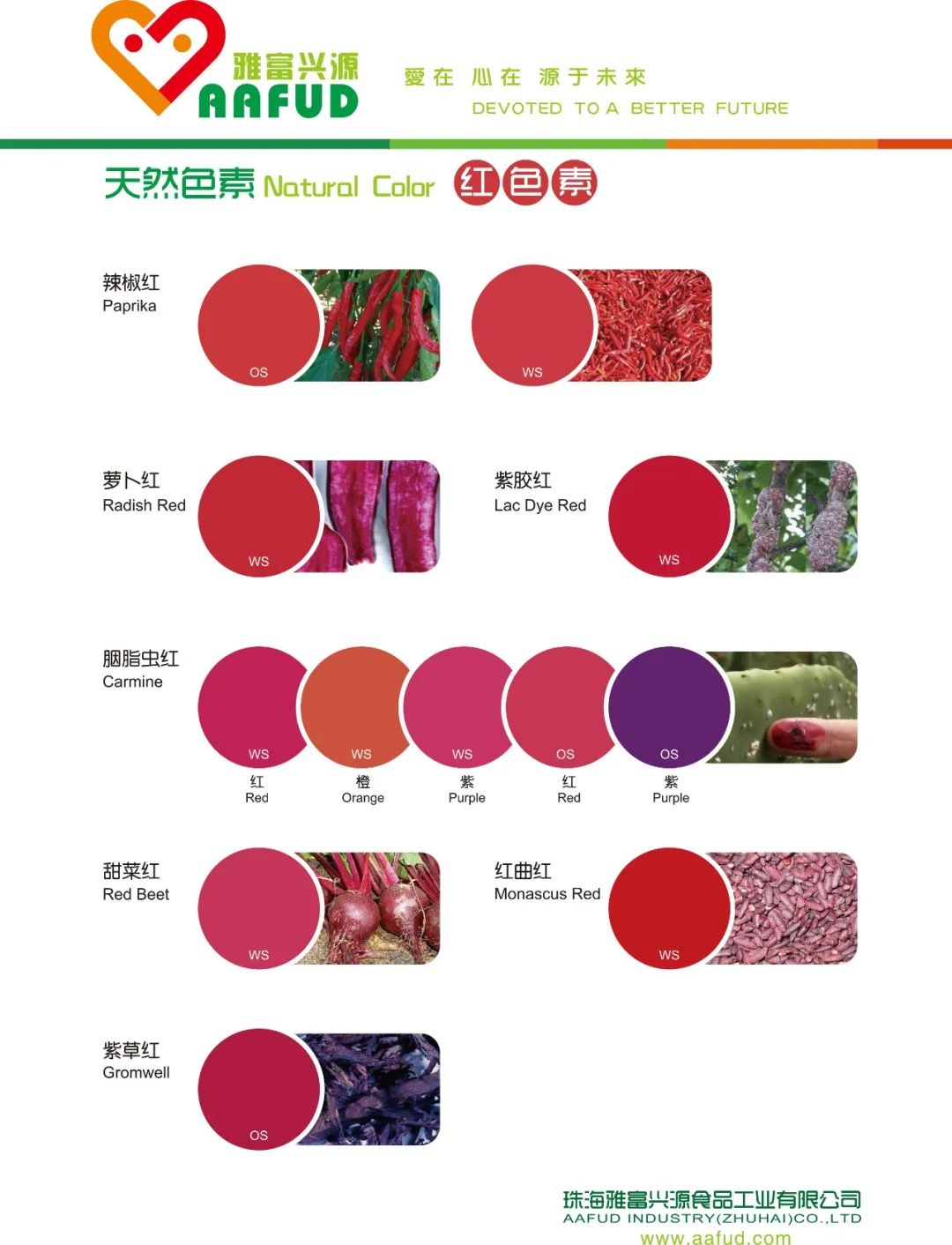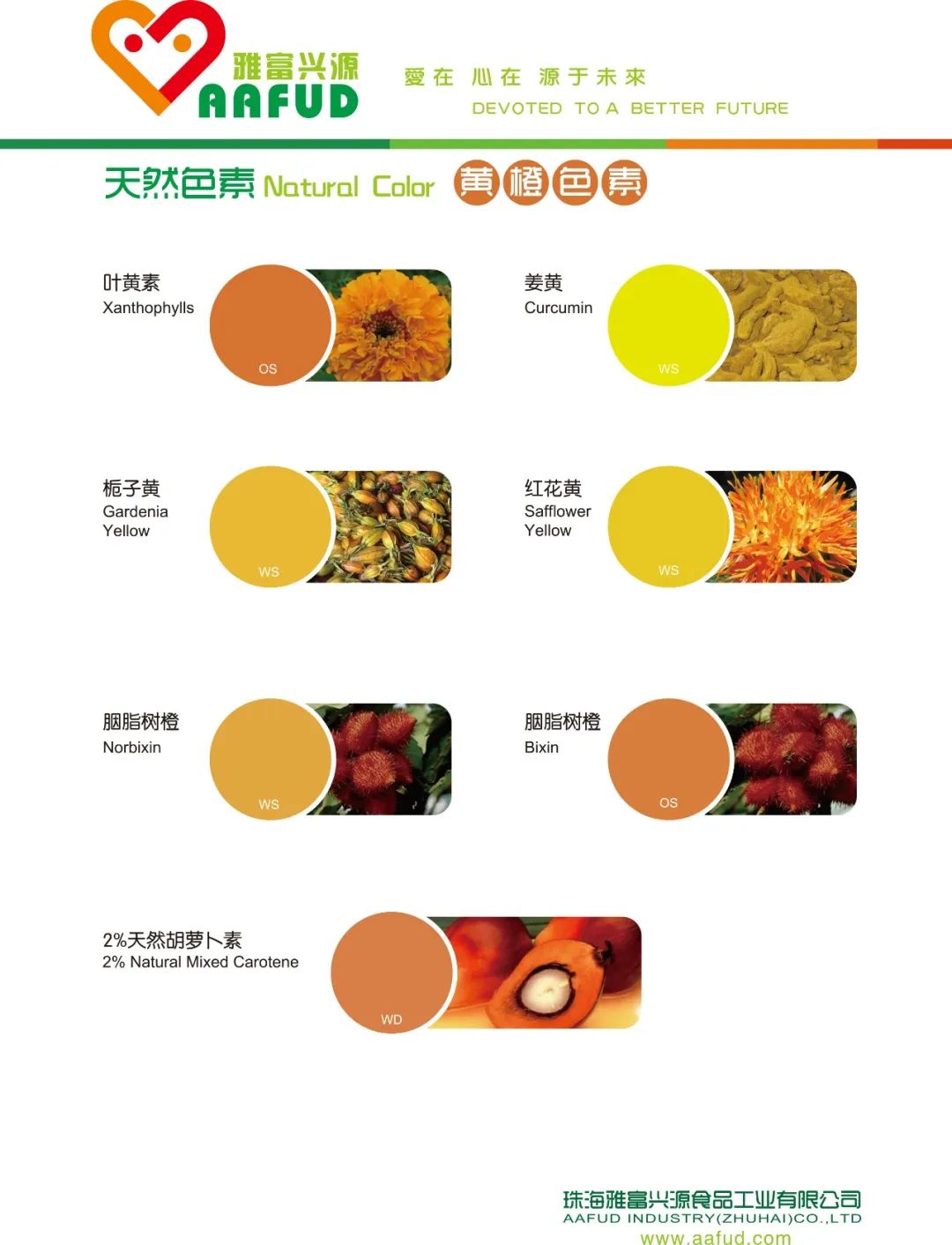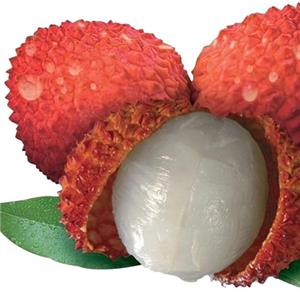The secret of natural colors·Go on a journey of discovery·An article takes you to understand natural colors
The background of natural color
According to scientific studies, color is a very important sensory parameter, which can directly affect consumers’ interest in and acceptance of products. The common saying is “we eat with our eyes, which shows the importance of color in people’s perception and experience of food.
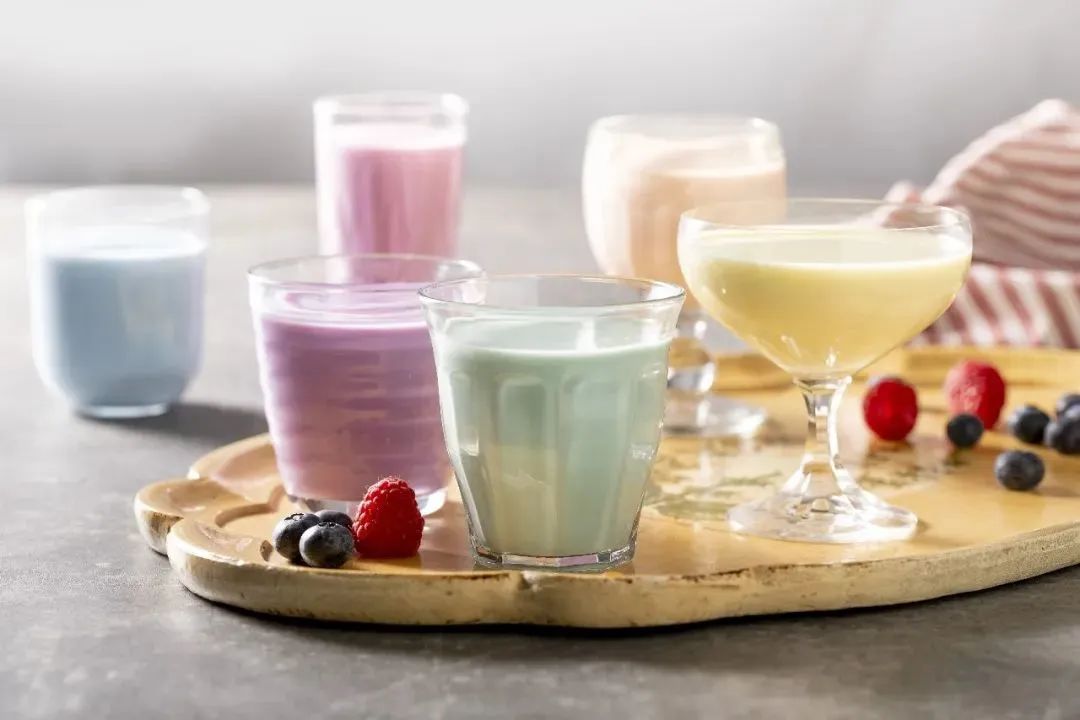
With the development of The Times, more and more consumers begin to pay attention to the "health and nature" of food, and the attention of natural colors, one of the natural raw materials, is also increasing. Although compared with synthetic pigments, the price of natural colors is still higher, but with the strict regulation of synthetic pigments, and the frequent occurrence of negative news about synthetic pigments in recent years, the "pointer" of market trend has pointed to "natural, health and safety", and the healthy product research and development of food manufacturers is non-stop.
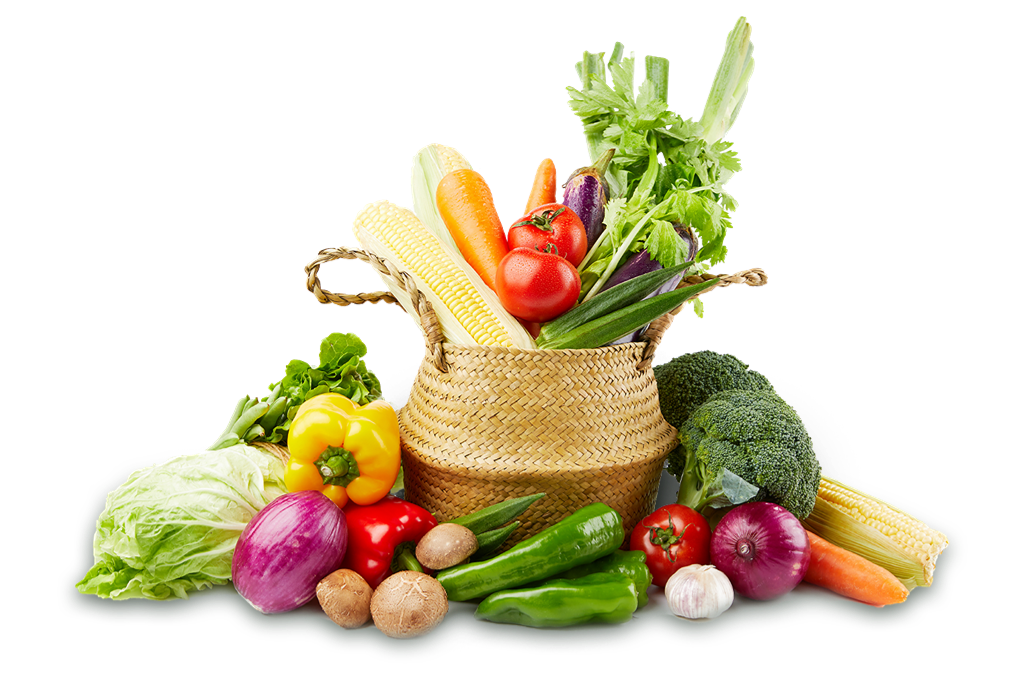
What is natural color?
Natural colorants are extracted from animals, plant tissues and minerals. Edible pigments are called natural colorants, and are widely used in medicine and food. When choosing colorants, the color, taste and smell should strive to be coordinated with natural substances.

Many natural foods have their own color that stimulate people's appetite, and increase the secretion of digestive juice. So, it is conducive to digestion and absorption. The color is an important sensory index of food. However, natural foods are easy to fade or discolor during processing and preservation, people often add colors during processing food to improve their sensory properties.
Natural colors originally came from natural substances, and there were once replaced by synthetic colors. In recent years, the tendence has shifted towards of the use of natural colors in food and pharmaceutical industries. By the end of 1998, there were 48 kinds of natural colors approved by the state, including natural beta carotene, beet red, turmeric, Carthamins yellow, lac dye red, paprika red and so on.

Natural colors VS Synthetic pigments
Since ancient China, humans have used natural colors to enhance the appearance of food. These colors were mainly derived from plant tissues, but some were extracted from animals and microorganisms, such as pasta with vegetable juice added and monascus pigments used to make red wine.
Since 1856, Parkin, a British researcher, synthesized artificial pigment known as aniline purple. The synthetic pigments began to play a role in changing the color of food. In the 1950s and 1960s, most of the synthetic pigments used were derived from coal tar. Now, they are commonly derived from petroleum products. More than 100 varieties of Synthetic pigments are used around the world.
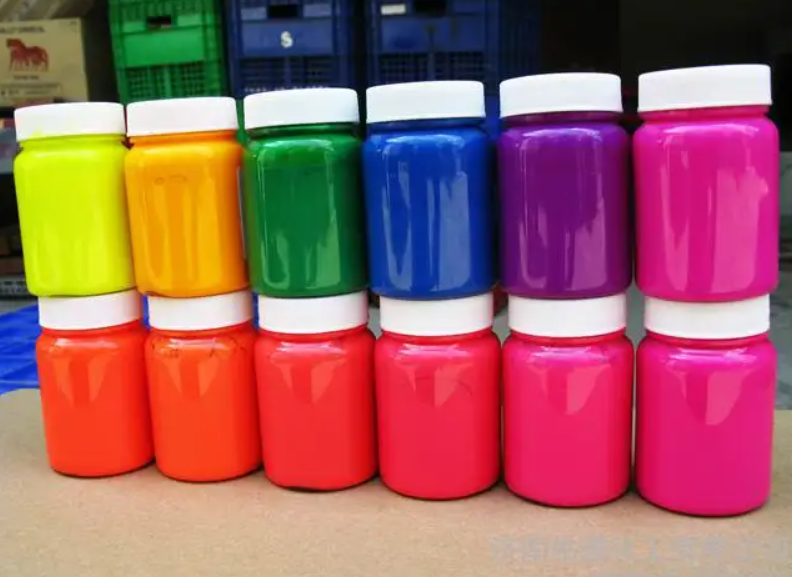
With continuous development and progress of medical science and human society, the effect of synthetic pigments to the human body began to be exposed to people. the former Soviet Union in 1968-1970 studied the effect of amaranth red pigment on long-term rats consumption and found that amaranth red pigment increased the cancer rate by 22% in tested rats. Researchers in the United States, Britain and other countries have also found that not only amaranth red, many other synthetic pigments may also cause diarrhea, decline of fertility, teratogenesis and so on. However, some pigments are turn carcinogenic agents in the human body.
Europe was the first place to ban synthetic pigments use in food industry. In 2007, a study by British researchers on synthetic pigments was published in the Lancet, found that consuming Synthetic colors can cause hyperactivity in children between 5-12years old.

In September 2009, the UK Food Safety Authority spent 0.75 million to request University of Cape Town to carry out further research. The results showed that eating too much synthetic pigments can affect children's IQ, and the European Commission eventually banned the use of synthetic pigments, including sunset yellow and tartrazine.
On the contrary, in recent years, more and more people have recognized the function of natural colors, such as carotenoid can be converted into vitamin A in the human body, and it has a variety of physiological functions, such as maintaining the sound of epithelial cells, maintaining normal vision, improving immunity and so on. Red yeast rice flour acts as a natural color, which contains Lovastatin, a blood pressure lowering agent. Flavonoids have the function of softening blood vessels and enhancing the elasticity of blood vessels.
The feature of natural colors
The natural colors are mainly extracted from animal and plant tissue, which are safe to human body.
The source of raw materials has both nutritional and pharmacological effects.
It can imitate the color of natural products very well, and the tone of coloring is more natural.
There are safe and healthy, good stability, can be mixed coloring.
The type of natural colors
Flavonoid
Flavonoid pigment is a kind of water-soluble pigment with ketone carbonyl structure, and its derivatives are mostly yellow. They have many functions such as scavenging oxygen free radicals, inhibiting lipid peroxidation, delaying aging and so on. They are widely used in food and medicine. For example, curcumin extracted from turmeric is widely popular in the market because of its antioxidant, anti-inflammatory, bacteriostatic and anti-tumor functions. Sea-buckthorn yellow pigment, which mainly exists in the skin of sea-buckthorn, is an important food additive. Its bright color, strong coloring power, safe and reliable. And it can also be used to improve the flavor of food.
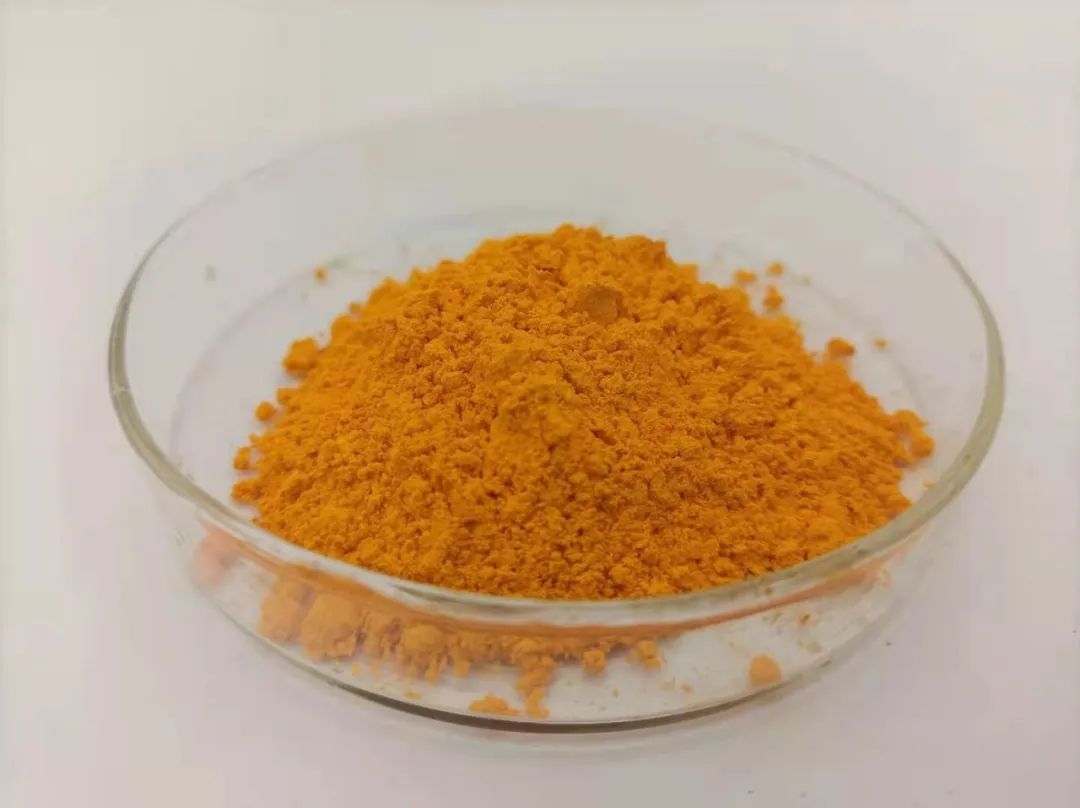
Turmeric
Anthocyanins
Anthocyanins can be converted by chlorophyll, mainly in the form of anthocyanins in petals and fruits, such as morning glory, eggplant, strawberry, pitaya, etc. The color of anthocyanins depends on pH. Most red and purple fruits and vegetables contain anthocyanins. Anthocyanins are hydroxyl donors, which can strongly remove free radicals and have pharmacological effects such as anti-inflammatory, antioxidant, anti-aging, anti-tumor and cardiovascular protection. The content of anthocyanins in Lycium barbarum is the highest among all plants found so far. Purple sweet potato with high yield and rich anthocyanin is another ideal anthocyanin source.
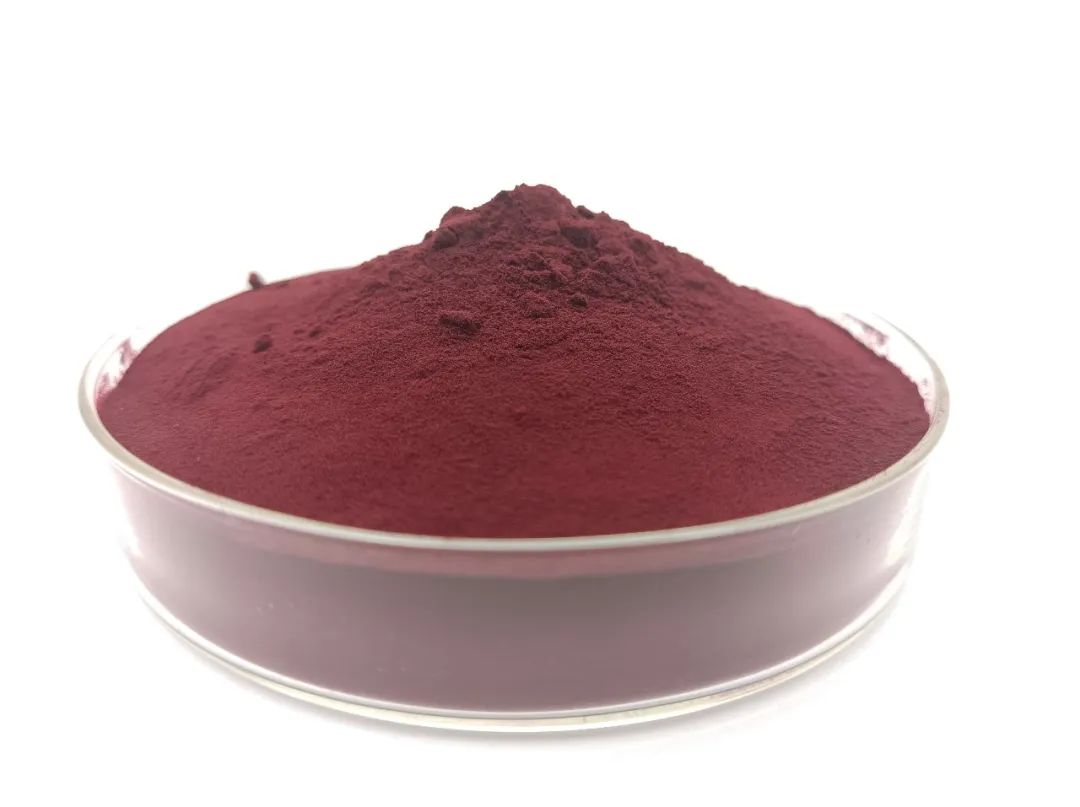
Purple Sweet Potato Color
Carotenoids
Carotenoids, a class of lipid-soluble terpenoid polymers, are formed by conjugated double bonds of isopentadiene and consist of more than 700 components, including α-carotene, β-carotene, lutein and zeaxanthin. It is the precursor substance form of vitamin A, which plays an important role in antioxidant, anti-tumor, immune enhancement and cardiovascular protection. At present, the annual output of natural carotenoids is nearly 100 million tons, and the product development and application are very wide.
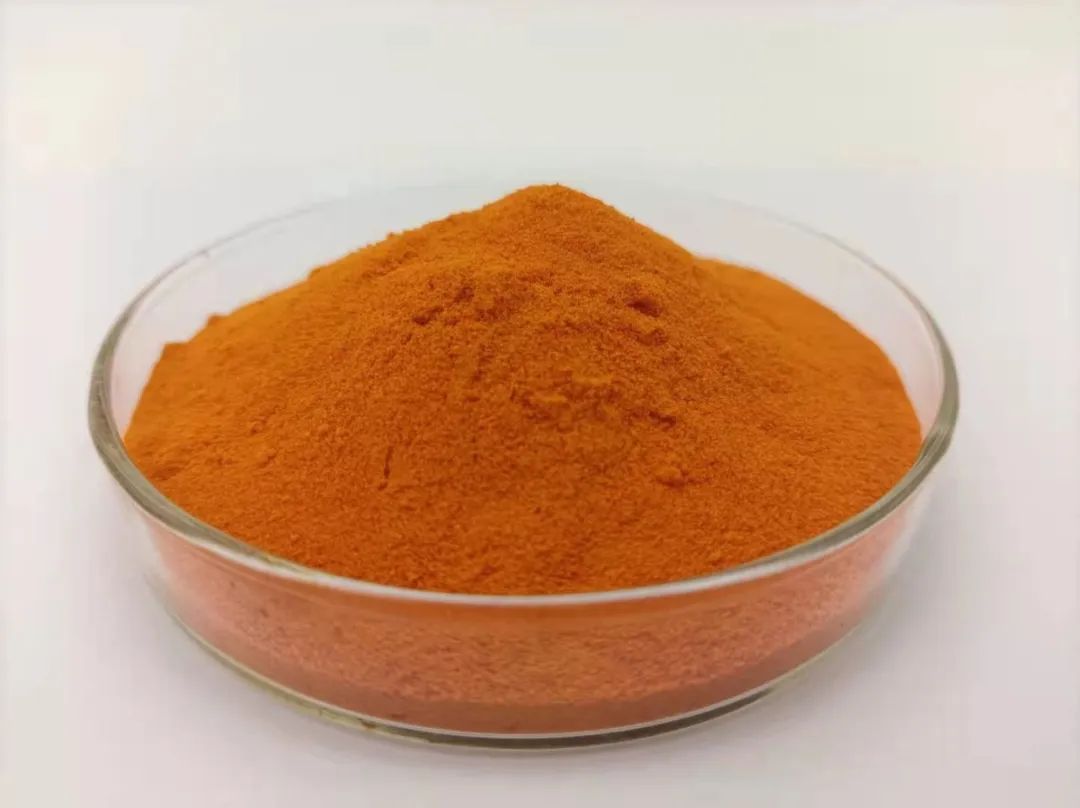
Natural Carotene
Chlorophyll
It has porphyrin structure and mainly exists in the chloroplast of the green part of plants and algae. It acts a catalytic in photosynthesis and it is divided into chlorophyll A and B, which have anti-inflammatory and bacteriostatic effects, promoting blood generation and inhibiting tumor effects.

Sodium Copper Chlorophyllin
Monascus
Monascus pigment has good heat and light resistance, can also resist pH change, oxidant, reducing agent and metal ions. It can be widely used in meat, aquatic products, food brewing, soy products and wine, especially for protein food coloring performance.
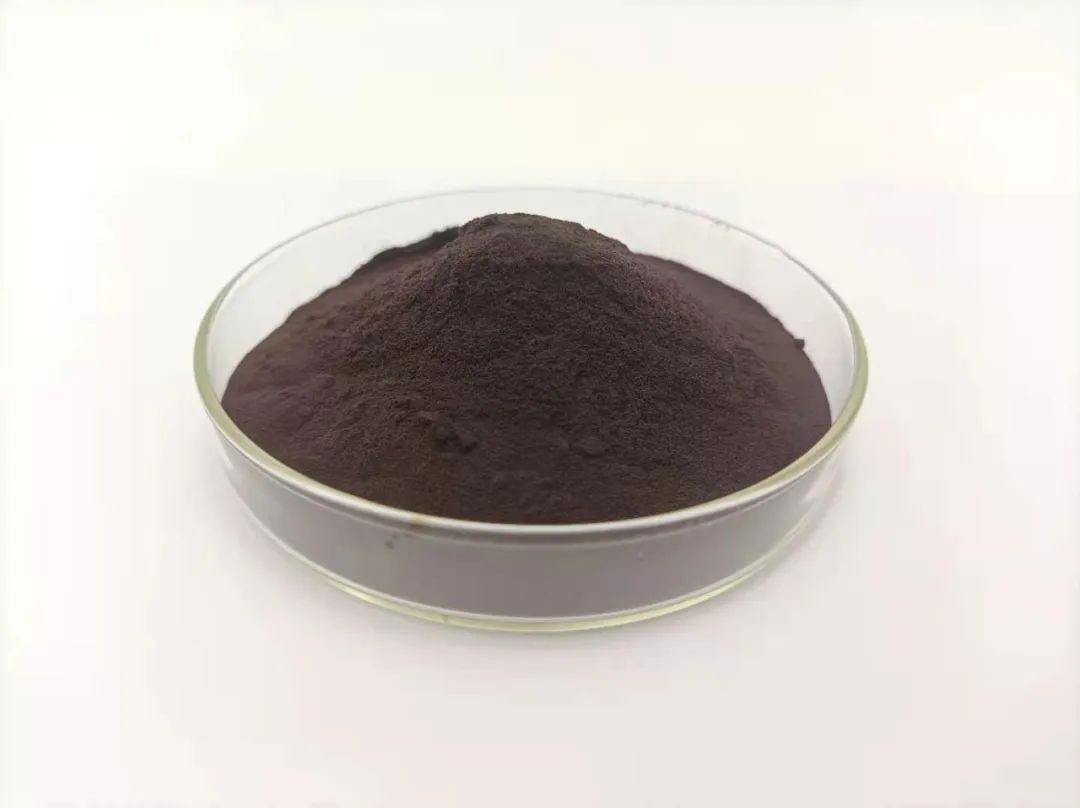
Monascus Red
"Kanglong" brand natural colors
